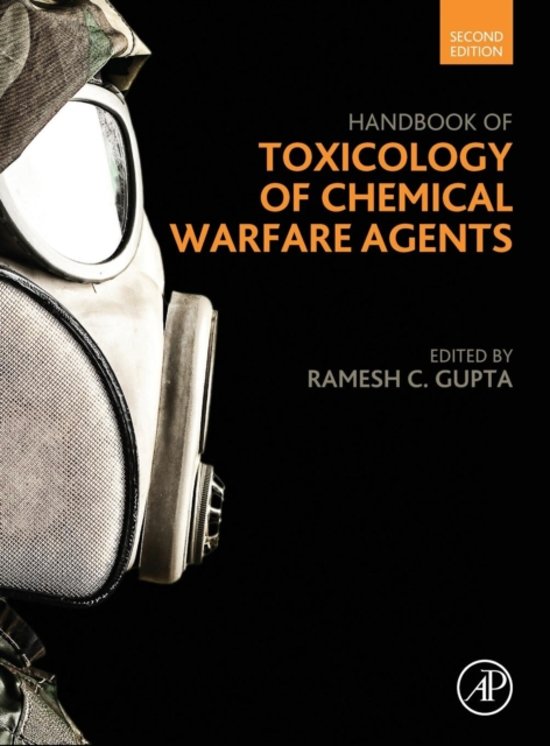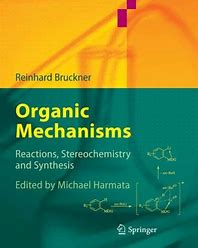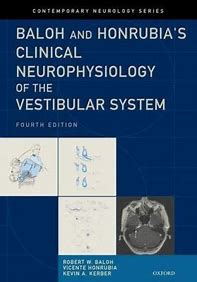TOXLCOLOGY OF CHEMLCAL WARFARE AGENTS

- BOOK NAME: TOXLCOLOGY OF CHEMLCAL WARFARE AGENTS
- AUTHOR: RAMESH C.GUPTA
- CATEGORY: Pure Science - 500
- LANGUAGE: ENGLISH
- YEAR: 2015
- PAGES: 1199
- ISBN: 978-0-12-800159-2
star RATING
/5
- EXCERPT:
Irritant or toxic chemicals have been used in warfare since ancient times and a number of international laws have attempted to prevent the use of such weapons. However, chemical warfare agents remain to be a global threat and so it is important to maintain an understanding of their mechanism of action, their clinical effects and to identify effective treatment regimes. Chemical warfare agents have traditionally been classified according to their medical effect(s) or military application. Vesicant agents (for example, sulphur mustard and lewisite) are highly potent acute contact irritants and may cause severe skin damage following dermal exposure as well as extensive damage to other epithelial surfaces (such as the lungs and eyes). Vesicants are generally considered to be non-lethal in that they cause debilitating (rather than fatal) injuries. Indeed, some chemicals are used specifically for their irritating (rather than lethal) effects. For example, the riot control agents CS and CR are potent lachrymators but generally lack any significant, systemic toxicity following respiratory or dermal exposure. In contrast, a number of chemicals have been specifically developed or used on account of their lethality and these include the nerve agents (such as sarin, tabun, soman and VX), lung damaging agents (phosgene and chlorine) and other systemic poisons such as cyanides. A large miscellany of other, more exotic chemicals exist and these include endogenous bioregulators as well as plant, animal, marine and fungal toxins.




